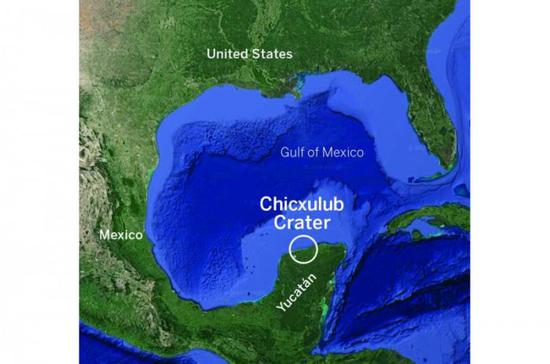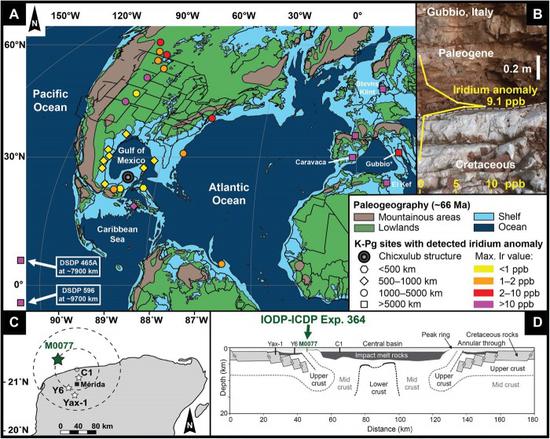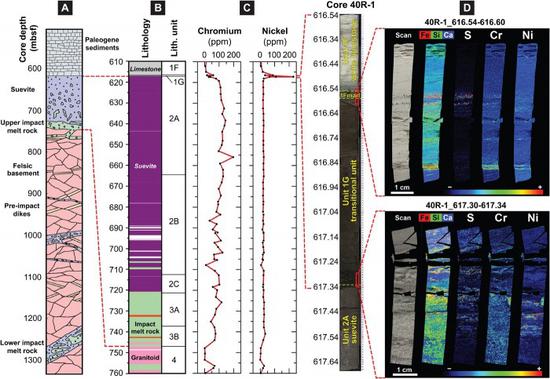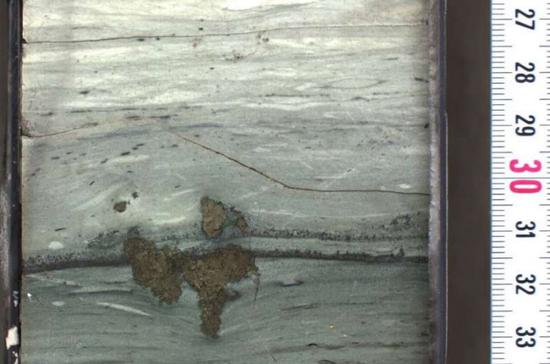According to media BGR, the debate about the cause of the extinction of dinosaurs has not been conclusive.
Most people now accept that a huge asteroid impact in the Gulf of Mexico triggered a series of events, dramatically changing the climate and killing most large species.
Now, new discoveries at the impact site have matched the timeline of dinosaur extinction, which provides an important basis for this theory.
Since the first dinosaur fossils were discovered, humans have wondered how these huge beasts lived and what eventually caused them to no longer exist.
Decades ago, a theory began to become more and more credible.
This theory involves a huge crater found in the Gulf of Mexico, which is large enough to create its impact, which may greatly affect the whole earth.
Scientists have always known that Hicksulrub crater is very old, but because it is tens of millions of years apart from today, it has always been a challenge to determine the exact time when the impact occurred.
The timeline seems to match, but there is a lack of conclusive evidence. Until now, researchers announced in the journal Science Progress that they had matched the chemical composition of asteroid dust found in craters with other samples, which coincided with the exact time of the mass extinction.

Some asteroid dust found around the world seems to be followed by large-scale deaths of so many species, which is very conclusive, but it is a little difficult to link Hixulrub crater to this event.
Scientists in the new study said that they found asteroid dust in the crater “with matching chemical fingerprints” and that its depth in the rock is exactly in line with the timeline of dinosaur extinction in the fossil record.
Scientists have a good idea about how that impact led to such a world-changing extinction.
When an asteroid is largely evaporated after impact, the event causes a large amount of dust and debris.
All this dust will float for decades, blocking the light from the sun, changing the temperature of the earth and greatly affecting the growth of plants.

When parts of the planet begin to change rapidly and experience large-scale plant deaths, herbivores are seriously affected.
As these animals die, predators that hunt them will eventually die due to lack of food.

“If you really want to put the clock on the extinction 66 million years ago, you can easily make an argument that it all happened in decades, which is basically the time it takes for all animals to starve to death,” co-author Sean Gulick said in a statement.



